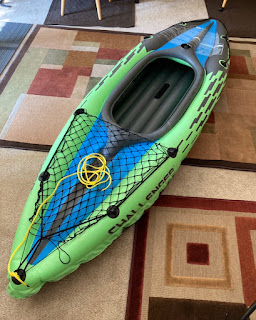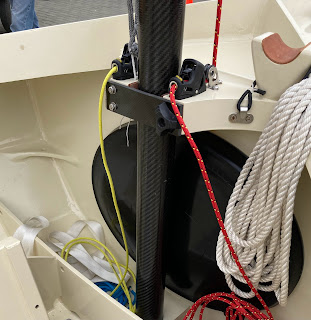Shooting the Sun

I held another “Survival cel nav” course acquainting people with the sextant and the basic principles of celestial navigation. These classes are conducted at Seward Park because at the southeastern edge of the park you can look true south across Lake Washington and have a usable and fairly accurate horizon. Here is a link to the pro forma worksheet for conducting a mer pass observation of the sun: https://docs.google.com/document/d/12y-bh2OyomiDxWt09dvt6y7_IrhQU0rtEqHsPrq5HWU/edit This is the lesson plan I use: Intro to the sextant and celestial navigation With the ubiquity of GPS, this is becoming a lost art of navigation and I really enjoy introducing it to another generation. If your boat’s electrical system fails or the GPS signal gets jammed or turned off, it would be nice to have a way to determine your position when offshore. This meridian passage observation of the sun is very useful and quite unique; it allows a good estimation of both latitude a...



